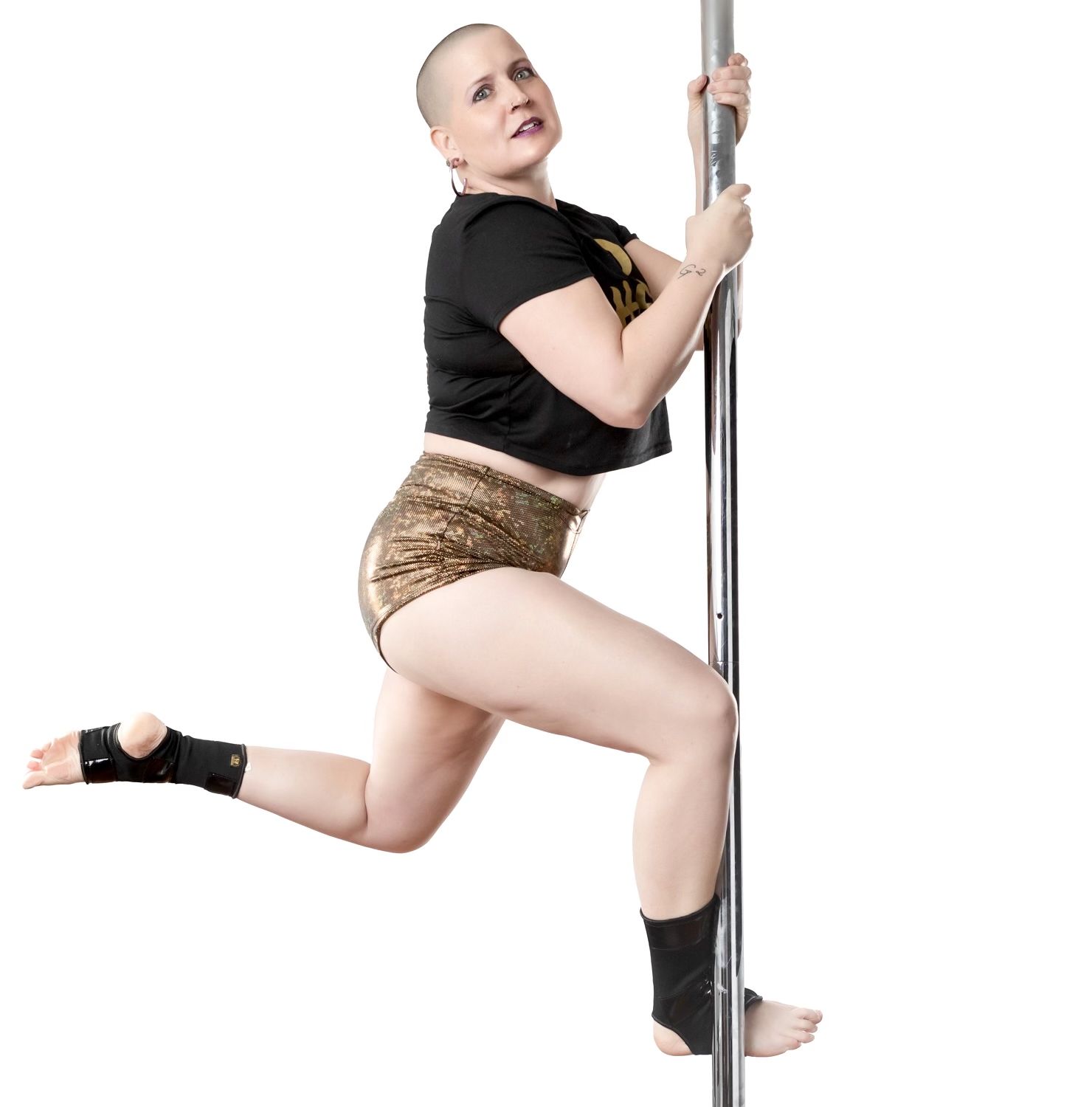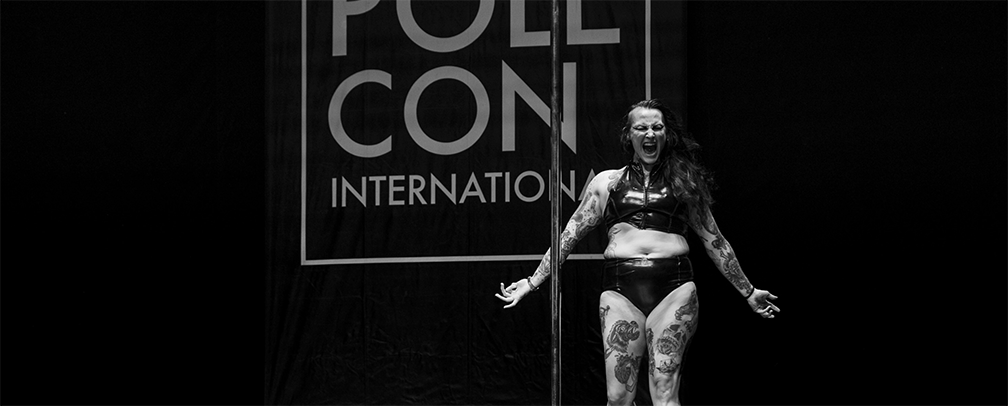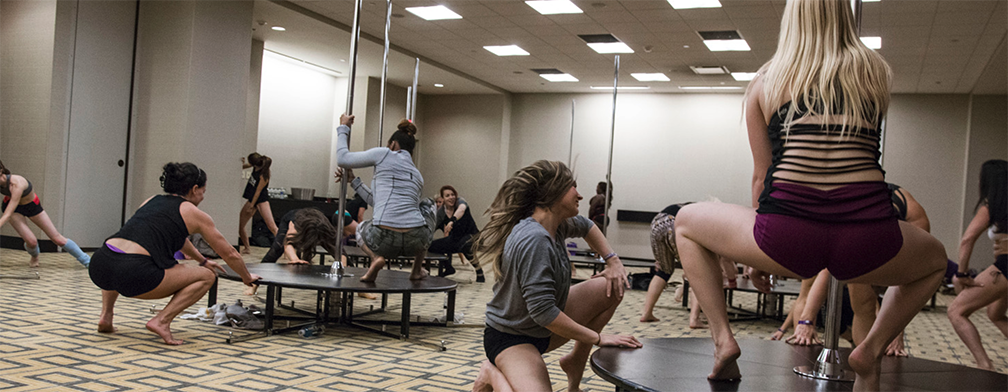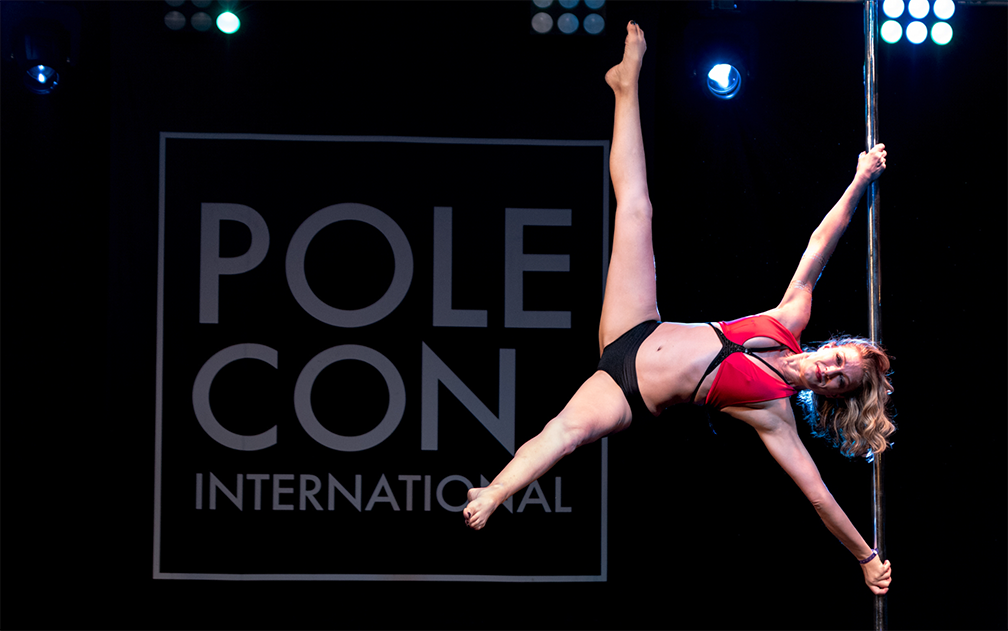Why is it that packing always seems easier and more fun in preparation for a…

Why Can’t A Cadaver Do A Sit-up?
That is not the beginning of terrible joke, I promise. But it is a good question.
If I asked you, how do you do a sit-up what would you say? Most people would answer this question by listing all the muscles, bones and tendons involved in completing a sit-up.
If performing a sit-up is something you do because of the muscles you have then, I will ask again.
Why can’t a cadaver do a sit-up?
A cadaver has all the muscles required to perform a sit-up, so why can’t they do one?
Duh, you say, because a cadaver is not a living being. It’s the spark of life that allows your brain to talk to your muscles to engage in the exercise.
The muscles perform the exercise, but without the innervation that comes from the brain, nothing can happen. Can we agree on that?
My next question to you would be if this is the case, if the brain (or the neurology) drives movement then why do we spend so much time working on our physiology (muscles and tendons) and so little time working on our neurology?
Basically, because there aren’t a lot of methods or systems out there that work to realign the neuro part of the neuromuscular system. But there are a TON of systems that work to stretch, mobilize and strengthen the muscular part of that same system.
Maybe it isn’t clear how much the neuro part affects your movement patterns. It isn’t as tangible a system to work with. You can’t stretch your brain like you can your hamstrings. But let’s do a little experiment together and hopefully I can show you just how much your Neurology affects your day to day life and your athletic pursuits.
Do this experiment with me.
First, stand up and find a nice space and give me three jumps.
How did they feel? Not sure, then give me three more and pay attention to what you are feeling when you do them.
Got it?
Now, I want you to stand there and close your eyes and think of someone who really pisses you off. I mean really, really pisses you off. Picture their face. Try to hear their voice. Repeat their name in your mind. Make sure you are locked in on this person and just how angry they make you and then give me 3 more jumps.
How did those feel? Different?
Okay, shake it off.
Now, I want you to stand there with your eyes closed and think of someone that inspires you. Someone who has your heart. Picture their face. Run through all the reasons that you love them. Repeat their name in your mind and when you are 100% locked on the love you feel for this person give me 3 more jumps.
How did those feel? How did they feel compared to the jumps you did when you were thinking of the person that made you angry?
That, is your neurology at work.
I can tell you that when I did this drill, the jumps I did after thinking of someone who made me angry were heavy, and slow. My knees hurt and my hips didn’t work well. I felt like my body was encased in concrete. But the jumps I did after thinking about someone who inspires me, those jumps were lighter, and higher and carefree.
The difference is your brain matching your physiology to your neurology. Focus on something troubling and your physiology will follow the same path.
So, how does this affect your pole practice?
Perhaps it is already clear. If we can make those big changes in how your body feels with just a simple thought experiment, imagine how much bigger those changes can be (positive to negative or negative to positive) when you are confronted with the stress of the world. Or, when you are in class and you are trying to learn a new skill but it isn’t working out very well.
Have you ever had a hard day and been really looking forward to going to dance class. You just knew that being in class would help you dance away all the worries of your day. But then you get there and it isn’t the instructor you thought it was going to be, and you left your knee pads at home and that one girl who you find just a touch annoying is in the same class as you and BOOM suddenly nothing feels right. Easy skills are hard. You can’t grip the pole. And, instead of feeling better about yourself you start to doubt why you ever thought you could be good at pole.
I have had plenty of those days and they are rough.
But now that you know that your neurology drives your physiology and that changing your neurology from a negative to a positive is as easy as thinking of someone who inspires you. You have been given the simplest of tools to turn that class around, and it is just the first step in waking up your neurology so that you feel better and perform better.
The system that I work with is called Be Activated. It was developed by a physical therapist from Capetown South Africa and it is a series of activations that help to turn your neurology on, and keep it running on the positive track. This system takes the principles that we just worked through with added muscular activations to help you feel better and perform better. Each activation is similar to massage, in that we are touching, prodding and working on tissues in our body, but instead of loosening muscles we are ”talking” to a place in our body that will take information back to our brains effectively restoring the brain/muscle connection. The Be Activated system is practitioner driven, meaning you have someone do the activations on you, but never fear they also work beautifully when you do them on yourself. In this blog I would like to teach you how to do the basic activations, and how they can make not only your pole practice, but your daily life that much better.
Latest posts by Susan Bartley (see all)
- Activated Hamstrings Make Your Splits Easier - March 17, 2023
- Re-Train the Brain, Re-Train the Body - March 10, 2023
- Let’s Get Your Glutes Going - January 13, 2023


